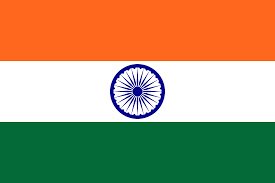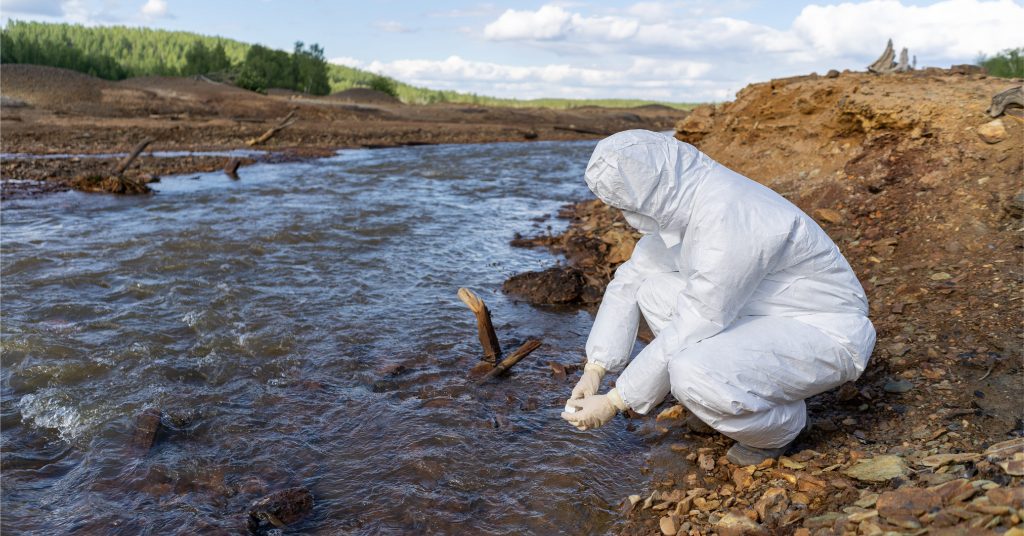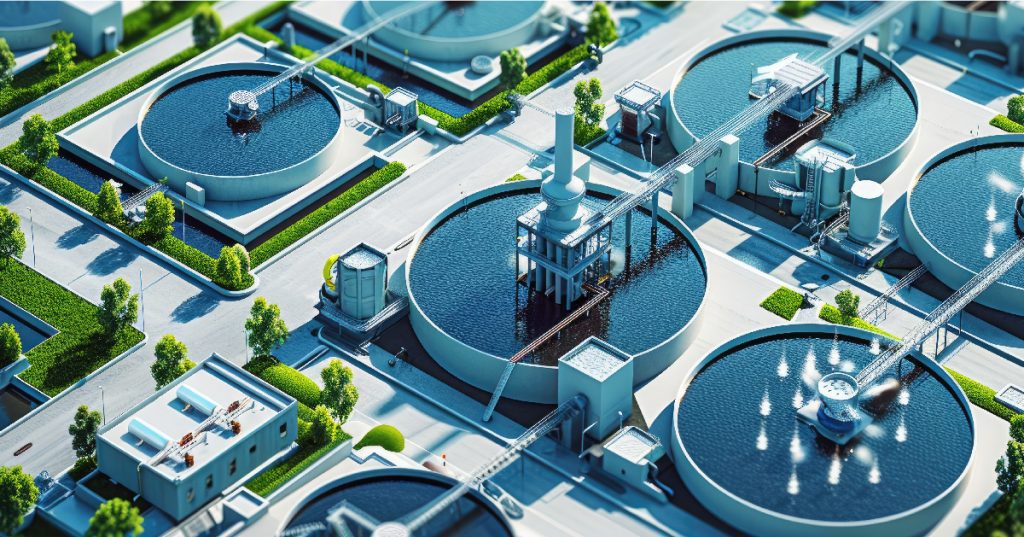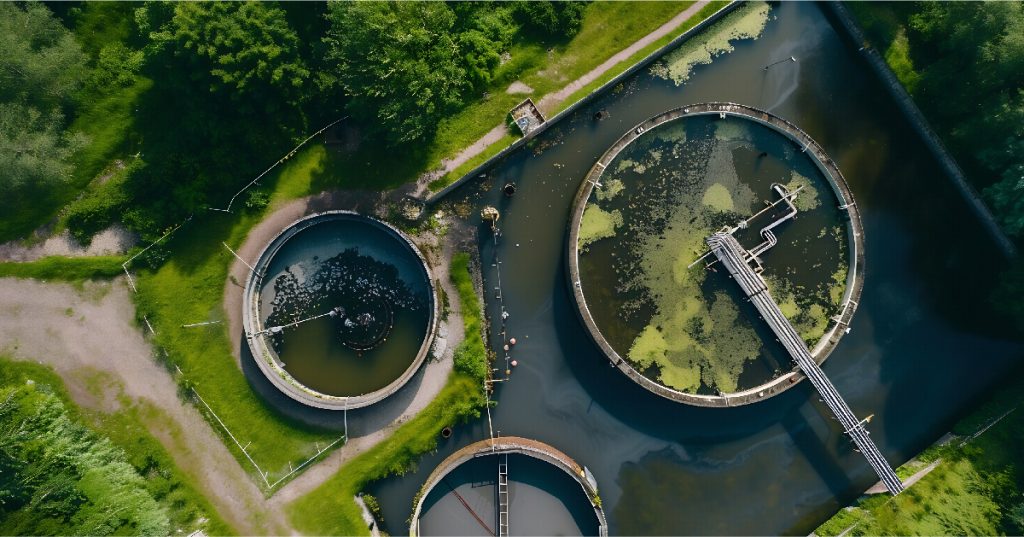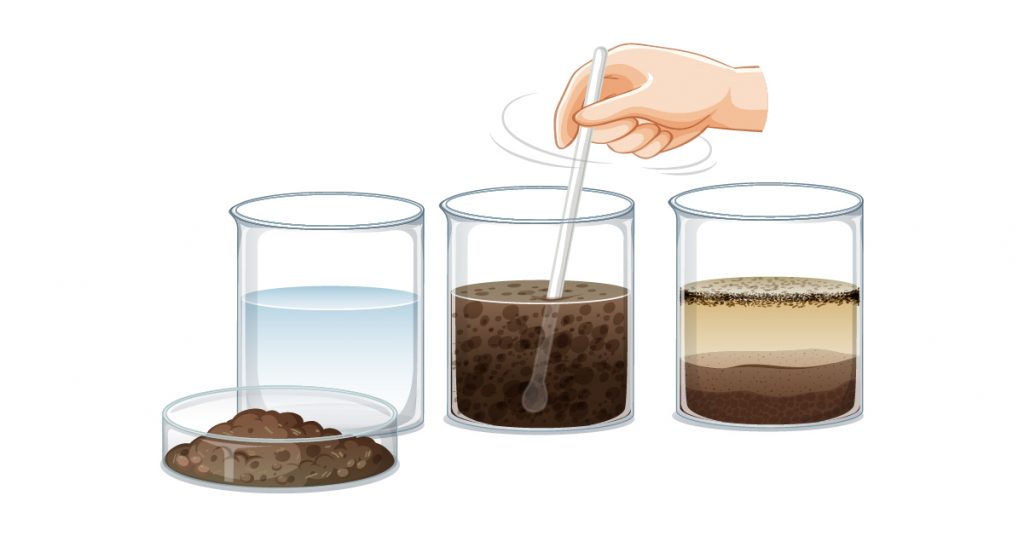Water pollution is a growing concern across the world, and India is no exception. With rapid industrialization, urbanization, and inadequate waste management, the quality of water in many parts of India has been severely compromised. Contaminated water, which is often laced with harmful chemicals, bacteria, and other toxins, can lead to a range of serious health issues.
In this blog, we will explore the diseases caused by water pollution, the health risks associated with them, and the impact on public health in India.
What is Water Pollution?
Water pollution occurs when harmful substances such as chemicals, waste products, and microorganisms are introduced into water bodies, rendering the water unsafe for consumption and use. In India, sources of water pollution include industrial waste, untreated sewage, agricultural runoff, and religious and cultural practices. These pollutants not only harm aquatic ecosystems but also pose severe health risks to people who rely on these water sources for drinking, bathing, and irrigation.
Diseases Caused by Water Pollution
Waterborne diseases are one of the most significant consequences of water pollution. Polluted water can carry bacteria, viruses, and parasites that cause a wide range of diseases. Here are some of the most common diseases caused by water pollution in India:
Diarrhea and Gastrointestinal Infections
One of the most prevalent diseases caused by contaminated water is diarrhea, which can be caused by bacteria like E. coli, Salmonella, and Vibrio cholerae. These bacteria are often found in untreated sewage and can easily contaminate drinking water. Diarrhea can lead to severe dehydration and can be fatal if not treated promptly, especially in children and the elderly. Gastrointestinal infections, which can cause stomach cramps, vomiting, and diarrhea, are also commonly linked to water pollution.
Cholera
Cholera is an acute diarrheal infection caused by the bacterium Vibrio cholerae, often found in contaminated drinking water. The disease is characterized by severe watery diarrhea, vomiting, and dehydration. Cholera can spread rapidly in areas with poor sanitation and water treatment infrastructure, making it a significant public health threat in many parts of India. Inadequate sanitation facilities and lack of access to clean water exacerbate the problem.
Dysentery
Dysentery is another gastrointestinal infection caused by bacteria like Shigella or Entamoeba histolytica, which are transmitted through contaminated water. It leads to bloody diarrhea, fever, abdominal cramps, and dehydration. Dysentery can cause long-term health complications if not treated in time. The transmission of this disease is high in areas where water sources are polluted, and there is limited access to proper sanitation.
Skin Diseases Caused by Water Pollution
Polluted water can also lead to skin diseases caused by water pollution. The presence of harmful chemicals, heavy metals, and bacteria in water can cause various skin conditions, such as rashes, irritation, and infections. Prolonged exposure to contaminated water can lead to more serious conditions like dermatitis and fungal infections. In coastal areas where industrial effluents are often discharged into rivers and seas, people are at risk of developing skin infections when they come into contact with polluted water.
Typhoid Fever
Typhoid fever is a bacterial infection caused by the bacterium Salmonella typhi, which is typically transmitted through consumption of contaminated water. Symptoms of typhoid fever include high fever, abdominal pain, weakness, and loss of appetite. Typhoid fever is still common in areas with poor sanitation and unsafe water supplies. In India, where access to clean water is limited in some rural and urban areas, typhoid fever remains a major public health challenge.
5 Diseases Caused by Water Pollution and Their Impact
The health risks associated with diseases caused by water pollution are not just limited to immediate symptoms. Long-term exposure to polluted water can result in chronic diseases and conditions that can seriously impact a person’s quality of life. Let’s take a look at 5 diseases caused by water pollution:
- Hepatitis A: Hepatitis A is a viral infection that affects the liver and is transmitted through the ingestion of contaminated water. It can cause symptoms like fever, fatigue, nausea, and jaundice. While Hepatitis A is preventable through vaccination, water pollution in many areas of India increases the risk of outbreaks.
- Malaria: While not directly caused by water pollution, malaria is linked to the stagnant water where mosquitoes breed. Industrial waste, untreated sewage, and agricultural runoff can create conditions that encourage mosquito breeding. Malaria, caused by the parasite Plasmodium, leads to fever, chills, and in severe cases, death.
- Arsenic Poisoning: Arsenic contamination in drinking water, primarily from industrial pollution, poses a long-term health risk. Chronic exposure to arsenic can cause skin lesions, internal cancers, and organ damage. In areas like West Bengal and Assam, arsenic contamination of groundwater is a significant concern.
- Fluorosis: Fluoride contamination in drinking water can lead to dental and skeletal fluorosis, a condition that affects bones and teeth. Prolonged consumption of fluoride-laden water can cause pain, stiffness, and deformities in the joints and bones.
- Leptospirosis: Leptospirosis is a bacterial infection that humans can contract through direct contact with contaminated water, especially during floods. The bacteria are typically found in the urine of infected animals and can cause symptoms such as fever, headache, and muscle pain. In flood-prone areas, this disease is common due to the widespread contamination of water sources.
Preventive Measures and Solutions
While the diseases caused by water pollution are alarming, several steps can be taken to reduce the health risks associated with contaminated water:
- Improved Water Treatment: Proper filtration, chlorination, and sewage treatment are essential to ensuring that water is safe for consumption. The adoption of advanced water treatment technologies like reverse osmosis and ion exchange can significantly improve water quality.
- Better Sanitation Practices: Ensuring that communities have access to proper sanitation facilities can help prevent water pollution. Wastewater treatment and proper disposal are crucial to maintaining safe water sources.
- Awareness and Education: Educating people about the importance of water conservation and safe water practices can help reduce water contamination. Public awareness campaigns about the dangers of untreated water are essential for protecting public health.
Ion Exchange Solutions for Water Purification in India
Ion Exchange, a leader in water treatment solutions, has been instrumental in combating water pollution in Indonesia. By providing advanced water treatment technologies and systems, Ion Exchange helps to improve water quality and reduce the prevalence of diseases caused by water pollution. Their solutions include innovative water purification systems that remove contaminants from drinking water, making it safe for consumption.
INDION Lampak, developed by Ion Exchange, is a compact, modular unit designed to meet the drinking water needs of communities and industrial applications. It integrates a pump, static mixer, flocculator, lamella clarifier, gravity sand filter, and chemical dosing systems to produce disinfected water with less than 5 mg/l TSS from feed water containing up to 500 mg/l TSS. INDION Lampak is easy to operate, requires minimal maintenance, and can be powered by a diesel generator or renewable energy, making it ideal for areas without electricity. Its lightweight, corrosion-resistant materials and space-efficient design ensure easy transport, operation, and maintenance.
It effectively removes dissolved iron from feed water, which is commonly present as ferrous bicarbonate in groundwater. This advanced filter uses a catalytic oxidation process, eliminating the need for chemicals and ensuring that the treated water contains less than 0.3 ppm of iron. Designed for convenience, the NGIRF features a corrosion-resistant construction with a Fiber Reinforced Plastic (FRP) pressure vessel and PVC pipes. It is pre-assembled, tested, and equipped with user-friendly valves, making it a reliable and easy-to-operate solution for treating water with high iron content.
-
INDION Water Potability Test Kit
The INDION Water Potability Test Kit is a comprehensive tool designed to measure the eight crucial chemical parameters of drinking water as specified by the Bureau of Indian Standards. This user-friendly kit provides accurate and quick results for pH, total hardness, alkalinity, chloride, fluoride, chlorine, iron, and nitrate. Ideal for use by semi-skilled individuals, it offers an affordable solution for ensuring safe drinking water.
-
INDION Packaged Sewage Treatment Plants
Decentralized sewage treatment solutions, like the INDION, Packaged Sewage Treatment Plants, are designed as compact, single-tank units that generate low sludge volumes and require minimal electricity, making them highly cost-effective. These systems are available in capacities ranging from 10 to 100 m³/d, and for larger needs, advanced options using Fluidized Media Reactor (FMR), Moving Bed Biofilm Reactor (MBBR), and Membrane Bio-Reactor (MBR) processes are offered to handle higher flow rates efficiently.
Conclusion
Water pollution in India poses severe health risks through the spread of various diseases caused by water pollution. From waterborne illnesses to skin diseases, the impact on public health is profound and requires urgent action. Understanding what are the diseases caused by water pollution is the first step toward creating effective solutions. By investing in advanced water treatment technologies such as ultrafiltration and working with experts, India can mitigate water pollution, safeguard public health, and create a sustainable future.
Connect with Ion Exchange experts today to learn about our water treatment solutions.
